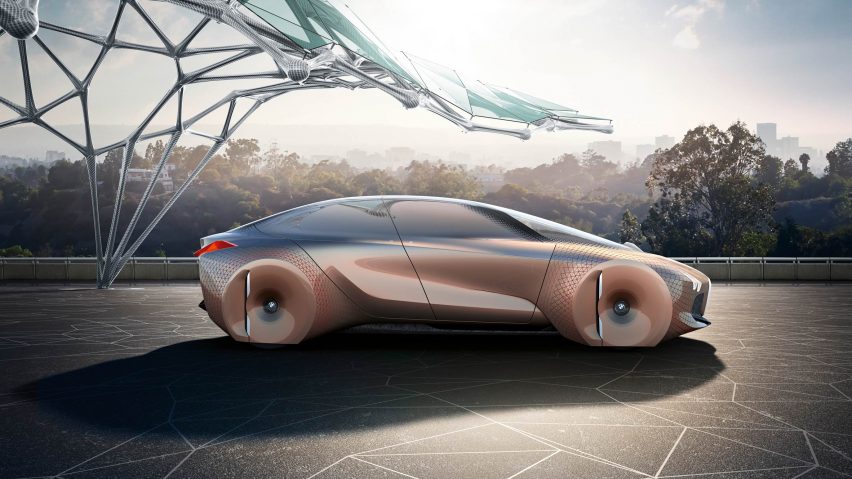
Dezeen's top 10 visions for the future according to 2016
A lot of people may have felt like the world was coming to an end in 2016, but new technology-driven products and prototypes have also offered a lot to look forward to. For our review of the year, deputy editor Rima Sabina Aouf has selected 10 of the best.
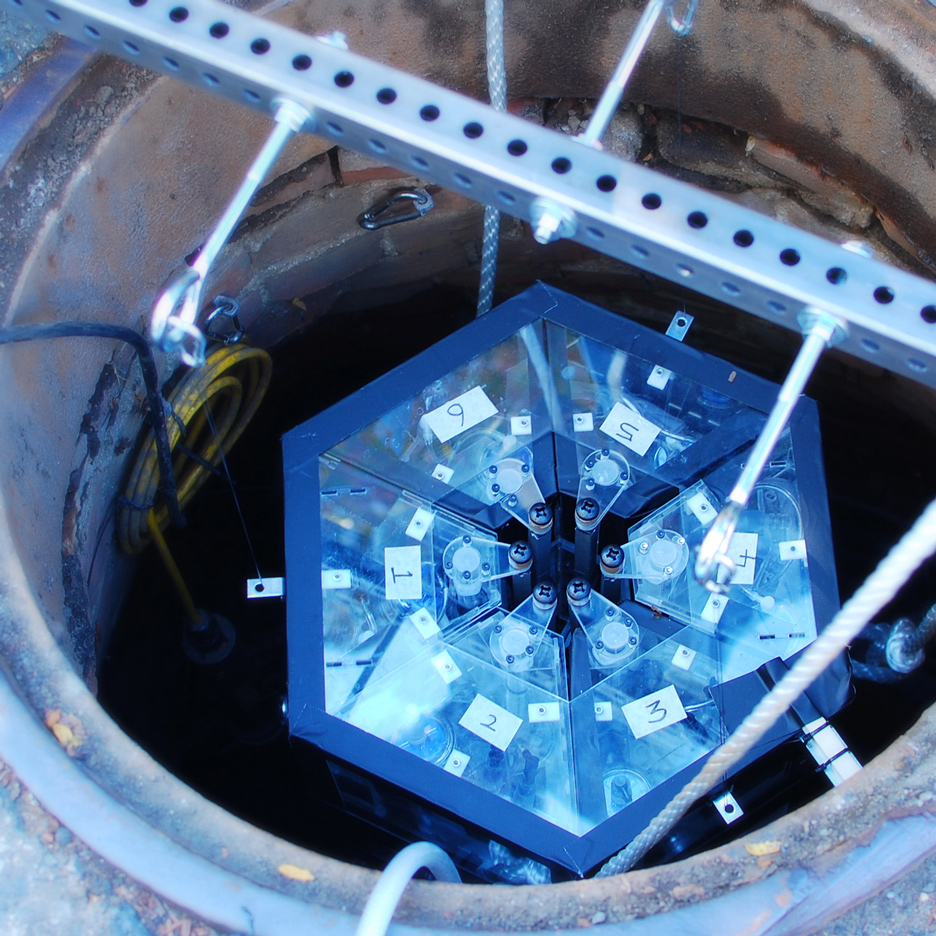
Sewage-sampling robots will help eliminate diseases within cities
Robots could soon be infiltrating urban sewage systems to identify potential outbreaks of disease before they happen, according to architect and MIT professor Carlo Ratti, who together with his team has created a sewage-sampling robot prototype called Luigi.
According to Ratti, the biological data Luigi collects could be used to create a map of human health that would help scientists predict outbreaks of disease and possibly prevent them.
Read more about Carlo Ratti's sewage-sampling robot ›
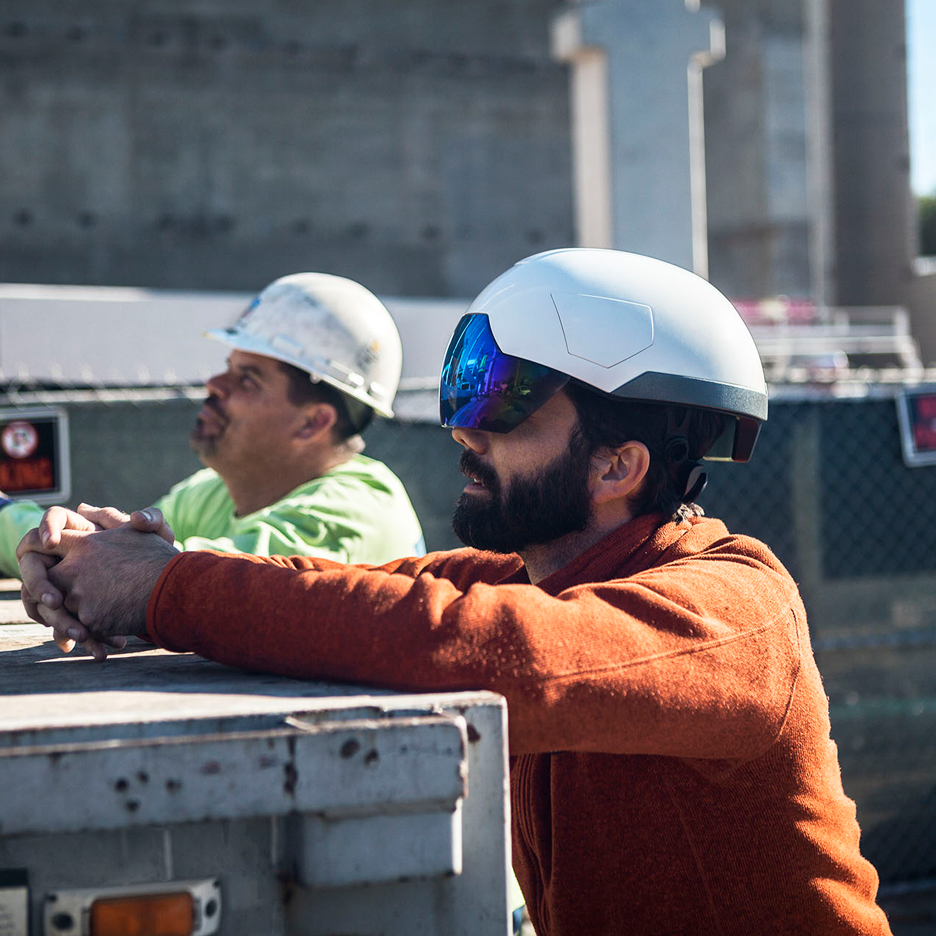
Wearable devices will present you with augmented reality...
If Pokémon GO familiarised a wide audience with augmented reality for the first time, wearable devices are poised to make the most of the technology that overlays digital information on the real world.
This year, LA-based augmented reality company Daqri unveiled a smart hardhat that gives workers additional layers of information about their surroundings, while architect Greg Lynn used the Microsoft HoloLens to design his contribution to the US Pavilion at the Venice Biennale.
Read more about Daqri Smart Helmet ›
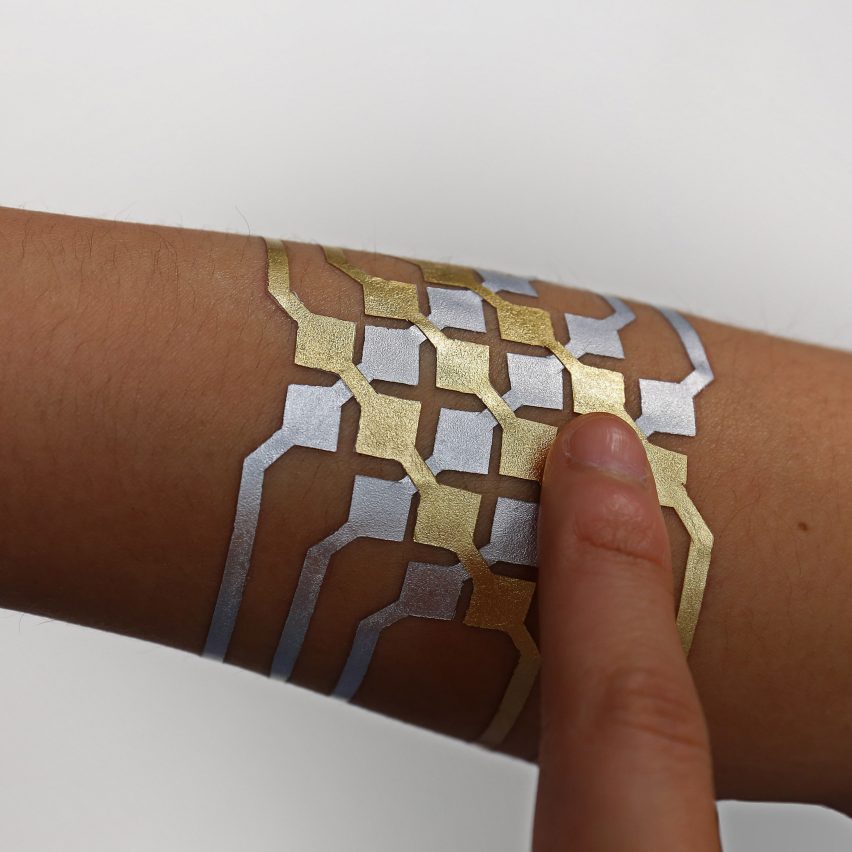
...which you'll control by swiping your own body
The rise of wearable devices has presented a new problem of how we interface with virtual and augmented reality environments. One solution might lie in our own skin.
MIT's Media Lab and Microsoft Research have created these prototype smart temporary tattoos – made of gold metal leaf – that can control devices through touch.
Read more about MIT Media Lab's DuoSkin tattoos ›
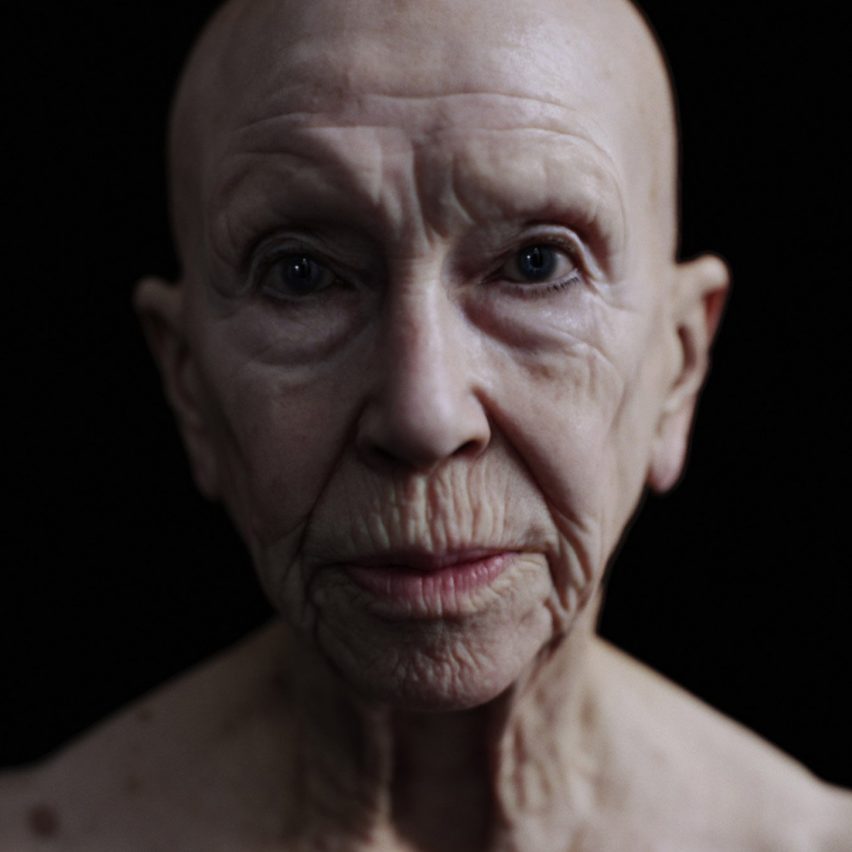
...and your virtual reality will be close-to indistinguishable from your physical one
Although it looks like a real woman, the ultra-lifelike figure in this music video is actually a digital model created using high-resolution 3D scans.
London-based multimedia studios Marshmallow Laser Feast and Analog teamed up to create this music video featuring an ultra-lifelike digital figure, which was on show as part of the Istanbul Design Biennial 2016.
The project forms part of the designers's explorations into filmmaking techniques that could be used in virtual reality environments.
Read more about Marshmallow Laser Feast and Analog's Memex video ›
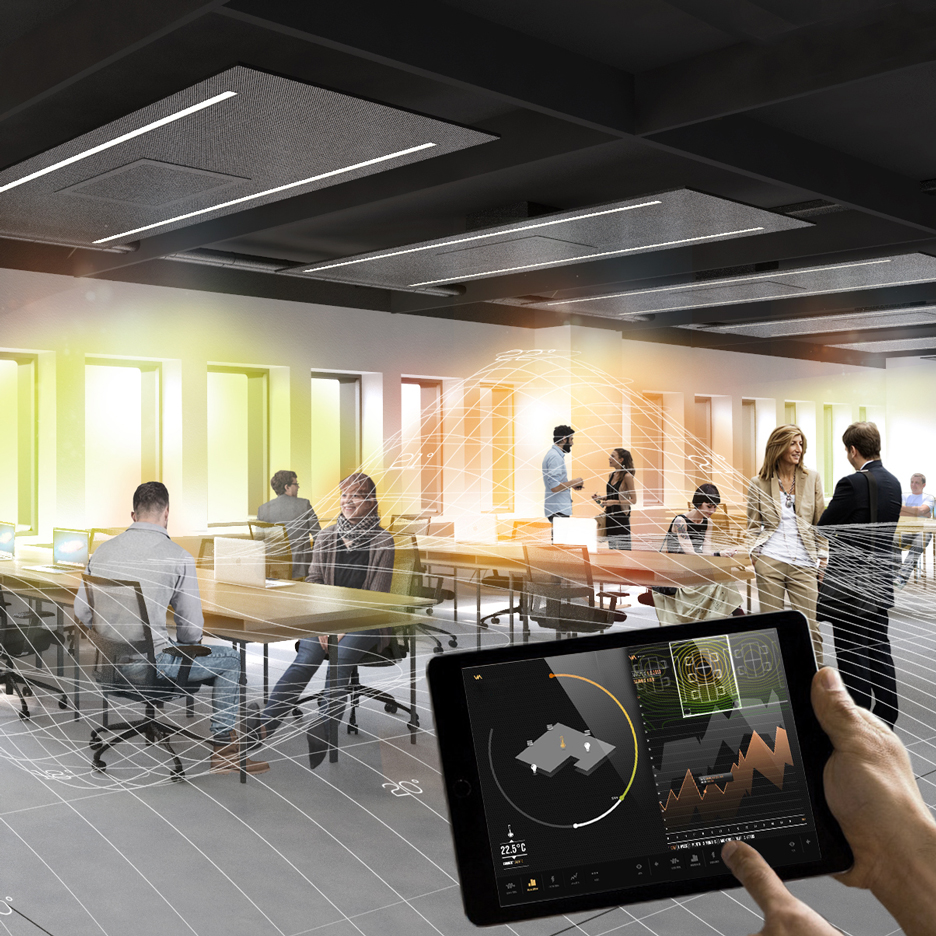
In Italian architect Carlo Ratti's Office 3.0 – currently under construction in Turin and due to open in 2017 – heating, lighting and cooling systems follow occupants around the building like an "individually tailored environmental bubble".
Occupants set their preferred temperature via a smartphone app. The fan coil units situated in the false ceilings will be activated by human presence, enabling a thermal bubble to follow individuals around the building.
Read more about Carlo Ratti's Office 3.0 ›
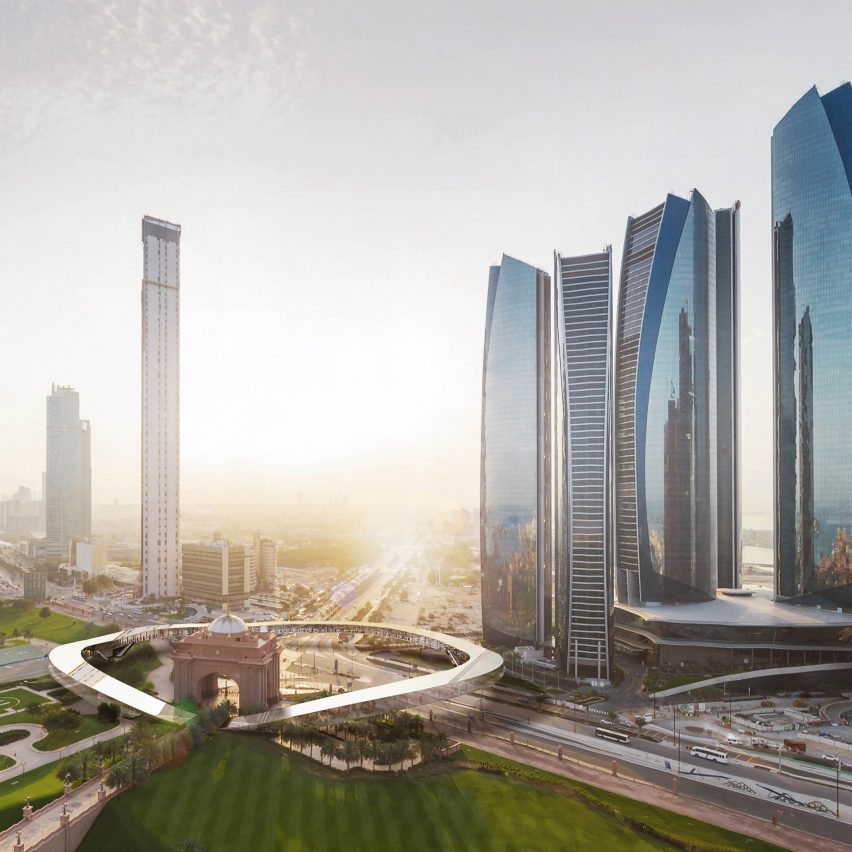
Hyperloop networks will make it possible live far away from where you work
With a Hyperloop now in development to connect Dubai and Abu Dhabi in 12 minutes, and another to link Bratislava, Vienna and Budapest in 20 minutes, Elon Musk's concept for a high-speed pod-based transportation system inched a lot closer to reality in 2016.
BIG partner Jakob Lange, who is working on designing infrastructure for Hyperloop One, told Dezeen the system has the potential to transform how people live, giving them greater choice over where they reside by connecting remote regions with the city in a matter of minutes.
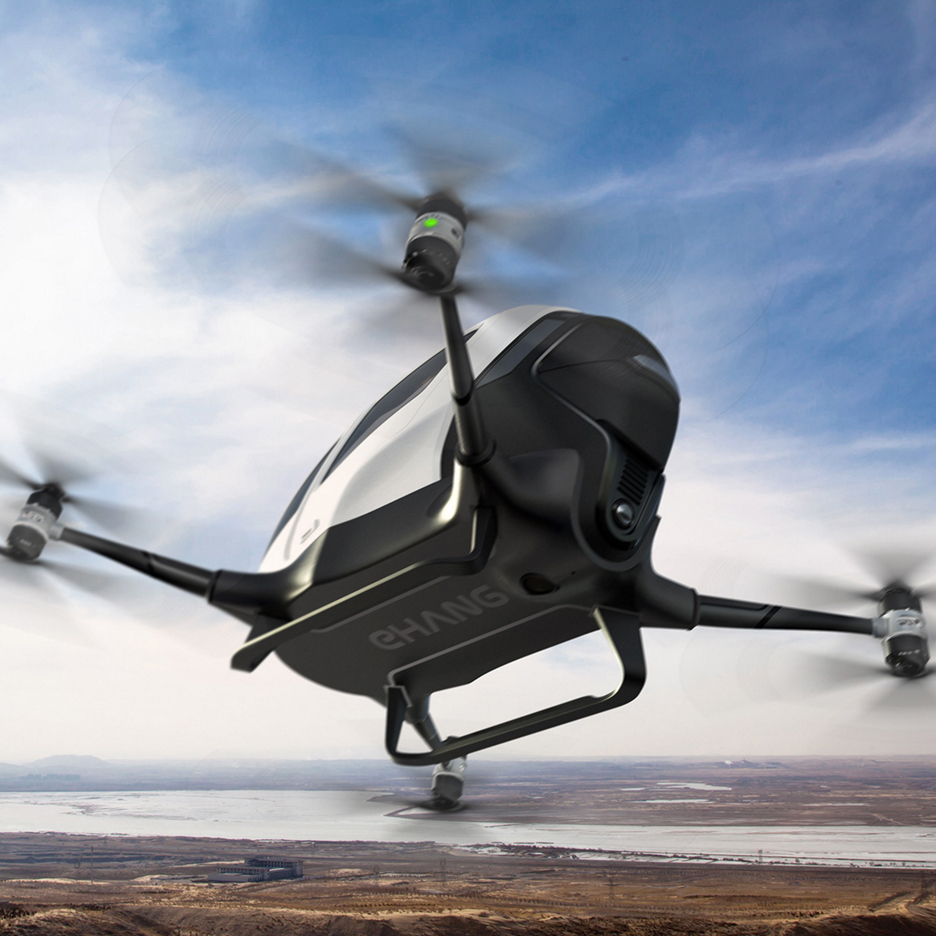
Drones will fulfil the function of personal jetpacks
At this year's CES, Chinese manufacturer Ehang has unveiled the world's first passenger-carrying drone. Users simply enter the one-seater vehicle and input their final destination, and the vehicle's computer calculates the quickest and safest route, then transports its passenger there.
Paul Priestman, co-founder of London transport design studio PriestmanGoode, told Dezeen he expected to see a proliferation in these kinds of personalised electric flying machines.
Read more about the Ehang 184 passenger drone ›
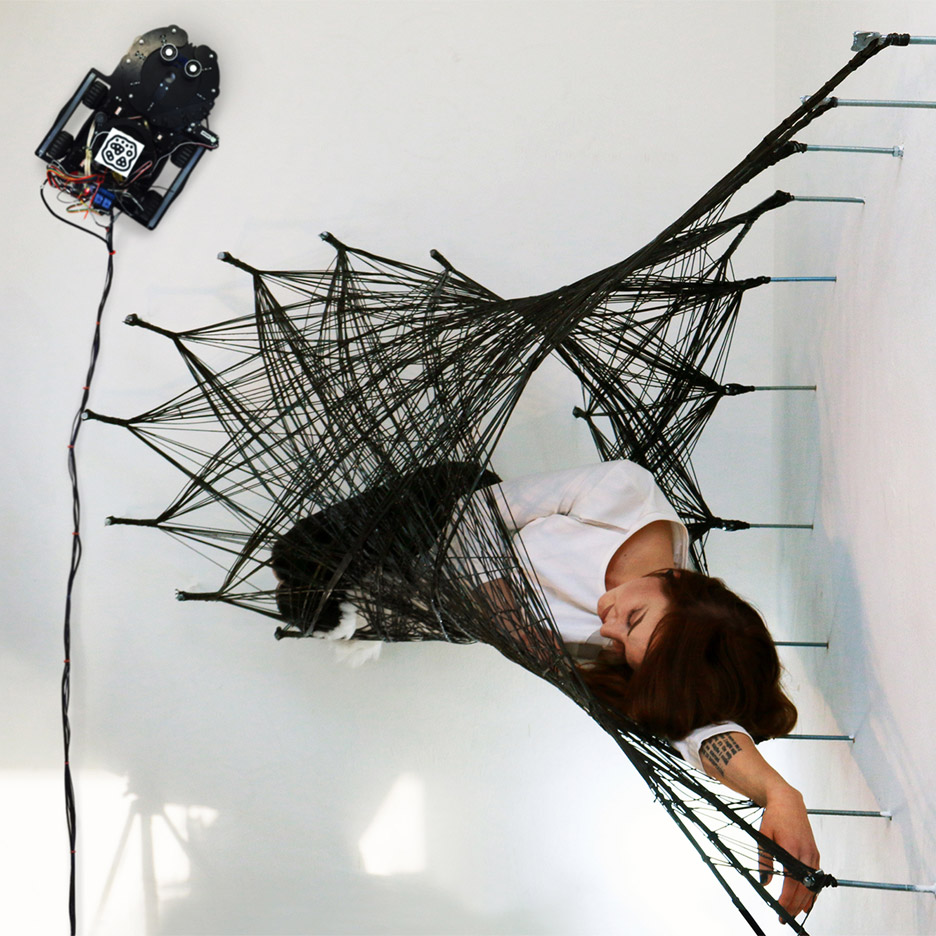
Buildings will be built by swarms of little robots...
University of Stuttgart graduate Maria Yablonina presented a new method of construction this year, using mini robots that are cheap, fast and can create structures that would otherwise be impossible to build.
Her project constitutes a form of swarm construction – a fabrication method, predicted to be common in the future, that involves large groups of small robots working together.
Read more about the University of Stuttgart's mini robots ›
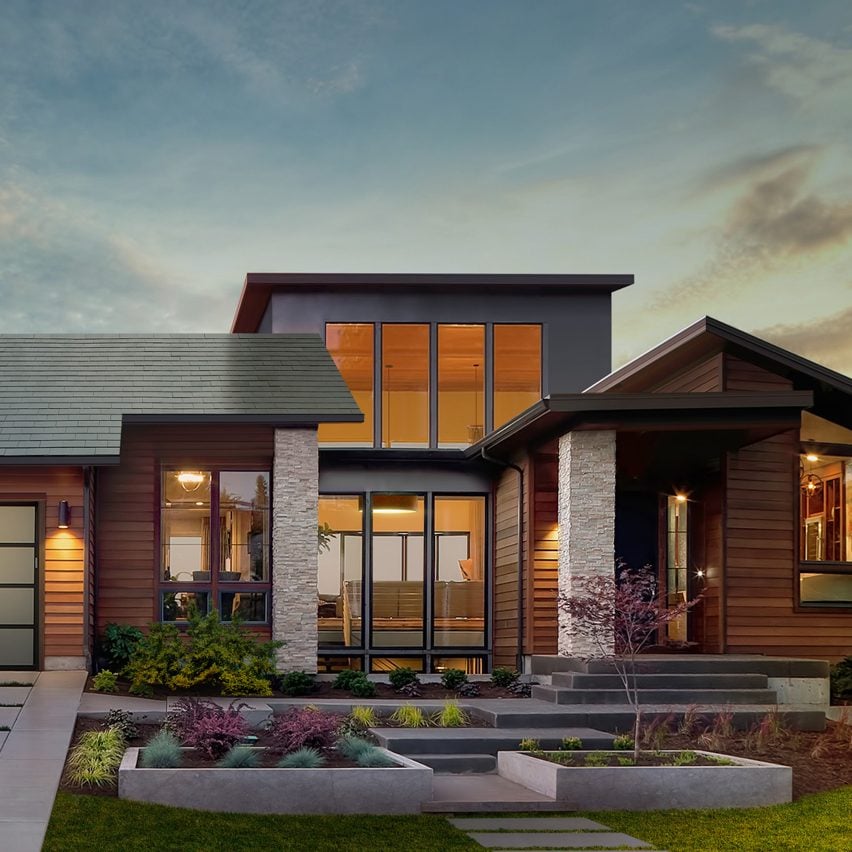
...and topped with solar panels that look just like ordinary roof tiles
In October, Tesla and SolarCity unveiled their new solar panels, camouflaged to look like ordinary roof tiles and boasting a "quasi-infinite lifetime".
The presentation took place at Universal Studios, on the old set of TV show Desperate Housewives, where houses were stripped of their old roofing material and replaced with one of four visually similar new styles of solar tile.
Read more about Tesla and SolarCity's solar panels and storage ›
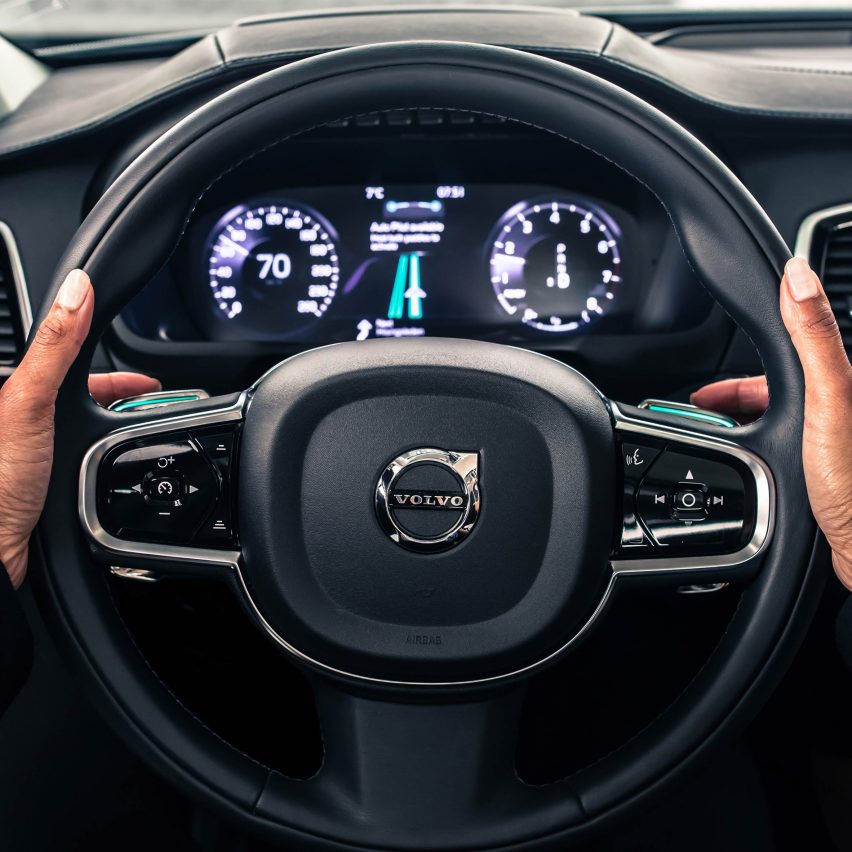
And you definitely won't drive a car
The race towards driverless cars really picked up speed in 2016, with the US government pledging $4 billion (£2.8 billion) towards improving autonomous-vehicle infrastructure and the UK government planning new laws to prepare its roads for the technology.
The arrival of autonomy could change the look of cars and herald the end of the traffic light.
Read more about driverless cars ›